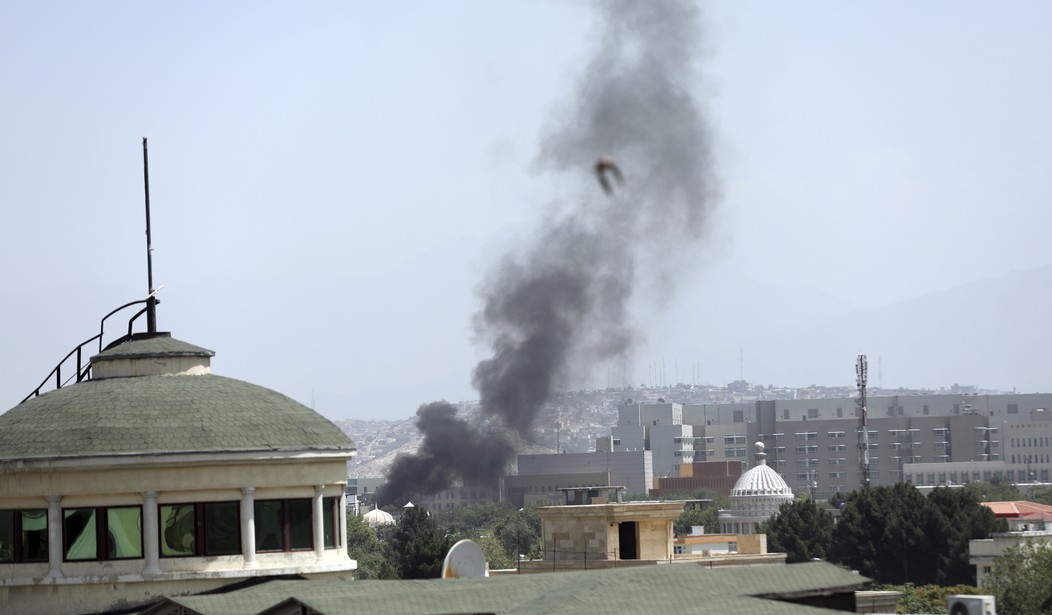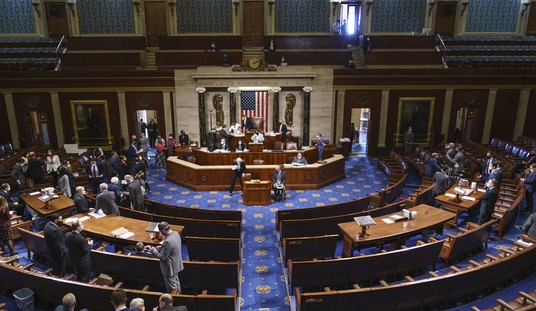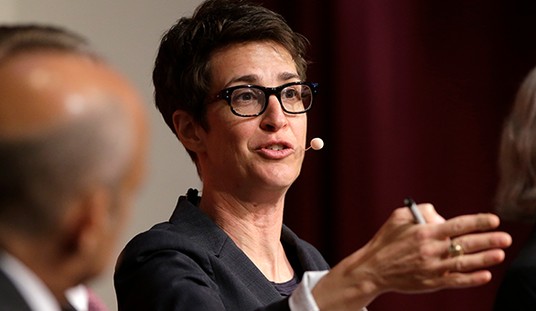Before Thursday’s cowardly attacks on American soldiers and civilians at the Kabul airport, most Americans had never heard of the terrorist group called ISIS-K. The attacks brought ISIS-K global recognition, but who are they and what do they want?
Like most tribal groups in Afghanistan, ISIS-K’s origins are murky, however we do know ISIS-K formed in 2014 in the Khorasan region which covers parts of Iran, Central Asia, Afghanistan, and Pakistan. According to the LA Times the terrorist group is:
Known as ISIS-K or IS-K, it is the local affiliate of Islamic State, the jihadist group that once ruled large swaths of northern Syria and Iraq.
The K stands for Khorasan, a historical region in current-day Iran, Afghanistan and neighboring parts of southwest Asia that figures prominently in some jihadist doctrine.
The Institute for Economics & Peace releases a yearly Global Terrorism Index that consistently ranks ISIS-K as the second-deadliest terror group in South Asia:
Like ISIL, the Khorasan Chapter primarily conducts bombings or explosions, which constitute 59 percent of all its attacks. These attacks resulted in 881 deaths in 2018. The Khorasan Chapter also carried out armed assaults, assassinations and kidnappings against civilians, police, military and government targets. Of 125 attacks in 2018, 36 percent were suicide bombings, marking a 50 per cent increase from the preceding year. In Afghanistan, suicide bombings by the Khorasan Chapter were responsible for 9 percent of total deaths from terrorism in 2018.
In 2016, it was estimated that ISIS-K had a fighting force of nearly 4,000, but that number was cut significantly to fewer than 800 in 2016 under Trump’s U.S.-led coalition and U.S.-trained Afghan security forces. Due to Taliban raids on prisons throughout Afghanistan, many ISIS-K members are believed to have been released to rejoin their jihadist brethren, so it’s likely their numbers are well over 4,000 today.
The LA Times reports both the Taliban and ISIS-K are Sunni Muslim hardliners, however, ISIS-K claims to be the “true standard-bearer of jihad, denouncing the Taliban for negotiating with Washington.”
Unlike the Taliban, which has focused on a parochial jihad — expelling “foreign invaders” from the “Islamic Emirate,” as it calls Afghanistan — ISIS-K maintains a dedication to global jihad and international attacks, including on Western and other “infidels.”
While the Taliban’s goals are so far confined to Afghanistan, ISIS-K’s goals are larger. Since many ISIS-K members are former members of Al Qaeda, they are radical jihadists who believe in a “global caliphate” or a Muslim-ruled world.
Related: Donald Trump Warned Us What a Rushed Pullout of Afghanistan Would Like Back in 2017
“Though ISIS-K has yet to conduct attacks against the U.S. homeland, the group represents an enduring threat to U.S. and allied interest in South and Central Asia,” a 2018 report from the Center for Strategic and International Studies report said.
It does appear ISIS-K has been on the radar of both U.S. Intelligence and the White House. Last Tuesday, in a speech from the White House President Biden said, “Every day we’re on the ground is another day that we know ISIS-K is seeking to target the airport and attack both U.S. and allied forces and innocent civilians.” It’s like he knew they were coming.
This begs the question, if Biden knew ISIS-K was this big a danger in Afghanistan, why didn’t he give our military men and women all the support they needed? Why did Biden allow so many to be killed and injured?
Biden knew who ISIS-K was and what they wanted well before the attack on the Kabul airport, and now the rest of the world knows Biden let them attack us anyway.










Join the conversation as a VIP Member